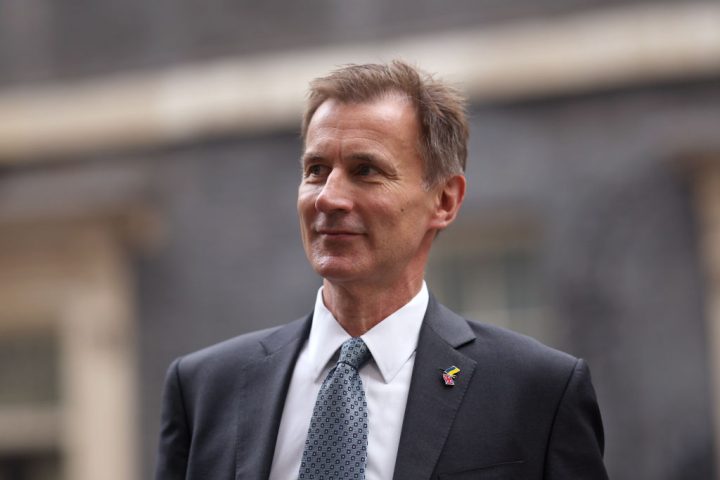The economy grew by 0.2 per cent in April, following on from a confirmed 0.3 per cent contraction in March. This fits the trend this year of small ebbs and flows in GDP, which all together add up to extremely little overall growth this year. This is now what the big forecasters have predicted, from the Office for Budget Responsibility, to the OECD and IMF.
Overall services grew by 0.3 per cent, the ‘main contributor’ to April’s uptick in growth. The biggest sub-sector for growth was ‘wholesale and retail trade’ which is thought to have improved due to the lack of train strikes and transport hiccups in April.
Consumer-facing services had a small recovery overall, growing by ‘1.0 per cent in April 2023, after a fall of 0.8 per cent in March 2023’. These services, however, remain well below their pre-Covid levels, by close to 9 per cent. The biggest contraction to services was in health and social work activities – a fall of 0.9 per cent – due to days of doctors strikes that took place that month. Manufacturing and construction also took hits too, after relatively strong performances in March.
While there is not anything especially worrying in today’s update, it is another monthly reminder of just how stagnant overall growth is in the economy. The economy grew by just 0.1 per cent in the three months leading up to April: slightly good news in terms of avoiding a technical recession, but nothing to boast about.
Not everyone is convinced a recession really has been avoided, as the impact of higher interest rates is still not fully felt by consumers (and those rates are now expected to peak closer to six per cent). Capital Economics (CE) reports this morning that while the economy remains resilient to higher rates, this won’t last for much longer, estimating that ‘by the end of Q2 2023 less than 40 per cent of the drag will have been felt and that more than 60 per cent lies ahead'. What might this mean? ‘A recession…on its way in the second half of this year,’ according to CE.
There is slightly good news in terms of avoiding a technical recession, but nothing to boast about
April’s update comes the same week chancellor Jeremy Hunt focused on one of the government’s five pledges: to get the economy growing. Speaking at the Margaret Thatcher Conference, hosted by the Centre for Policy Studies, the chancellor highlighted the extent to which the desire to keep spending money and the rate at which we are growing the economy simply do not add up: the ‘economy’s long term trend growth rate is 1.6 per cent,’ he noted, ‘but public spending – even excluding debt interest – will grow by 2 per cent a year. So every year, the OBR’s projections suggest that the size of our state will be growing by nearly half a percent more than the size of the economy.’
This is clearly not a sustainable situation, one which Hunt said would demand ‘higher borrowing, higher taxes or a combination of the two’ if pro-growth policies weren’t pursued. The problem for the chancellor – and really, for us all – is that all signs point to a incumbent political party that does not want to engage with these kinds of supply-side reforms. They are, for example, unwilling to tackle the inability to build virtually anything in this country, leading to the huge productivity losses and failures in sectors like healthcare.
There was also no indication from the chancellor that he was willing to cut back on the spending side of the ledger. Rather, more growth was needed to keep up with a bigger state. The latter is certainly growing, doubling in size since the 1970s. The former is not, and you’ll struggle to find any forecaster out there that thinks the current set of policies will get us anywhere close to booming growth.







Comments